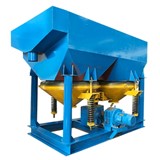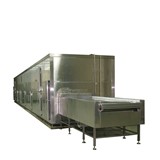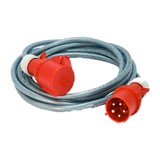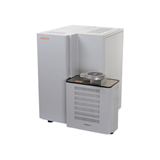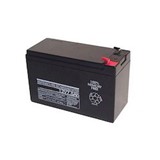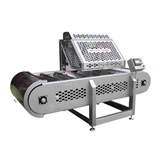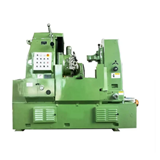This solar simulator is one of only a few comparable facilities in the world and the only one of its kind in Australia.
The simulator was designed and constructed in less than two years by Swinburne University of Technology PhD candidate Ben Ekman. It will be used to carry out research on the high temperature solar thermal processing of materials.
Unique simulator
Ekman said Swinburne's simulator is unique in its use of plasma arc discharge lamps and combining the solar flux with a hybrid heating system, much like a furnace. This advanced research-grade facility will provide the concentrated high flux required to evaluate material processing and reactor prototypes for high temperature applications.
"The main objective of this project was to obtain a source of intense but controlled solar flux to test a hybrid receiver at high temperatures in a controlled environment.
"The design encompasses seven metal halide lamps that concentrate energy into the hybrid furnace. It was important to arrange the lamps in a precise circular pattern to maximise the focused power into the receiver," Ekman said.
"In essence, we created a 'controlled or artificial sun' combined with a high temperature reactor that can utilise concentrated solar energy while incorporating a hybrid power source to enable continuous operation."
Already the project has achieved over 1300 degrees Celsius with only four lamps, mimicking the sun's natural spectrum of radiation output. It is anticipated with all seven lamps in operation, it will reach close to 2000 degrees Celsius.
Constant conditions for experimentation
Swinburne's Pro-Vice Chancellor, Future Manufacturing, Professor Geoffrey Brooks is supervising the project. He said the solar simulator will create the constant conditions required for controlled high temperature experimentation.
"High temperature material processing has not been commercialised and the only limited research that has been conducted, has not utilised reactor designs that have practical scale up applications.
"The simulator will be used to aid the design of hybrid solar reactors for applications involving high temperature material processing, as most of the world's materials are processed between 800 and 1600 degree Celsius."
Currently, the most common methods used for the concentration of the sun's energy in solar thermal applications are parabolic troughs, compact Fresnel, power towers and parabolic dish concentrators which all take a large area of sunlight and direct it towards a specific spot using mirrors.
Ekman said current attempts to use solar energy for high temperature processing are not always viable on a large scale.
"The total amount of radiated power collected by any of these systems is proportional to the projected area of the mirrors. Their arrangement depends mainly on the concentrating system selected and the geographic position of the site.
"This new simulator can provide an artificial source of solar energy, which will not be reliant on the weather, time of day or year."
Professor Brooks said the new solar simulator technology is a simple and practical way to create solar energy which could have an impact on mining industries.
"Australia is the world's quarry, and this technology has the potential to 'value-add' to the resources sent overseas by providing an efficient way to process raw materials domestically before export."


